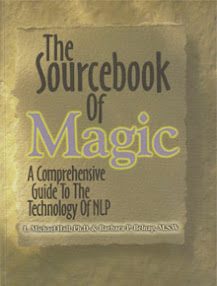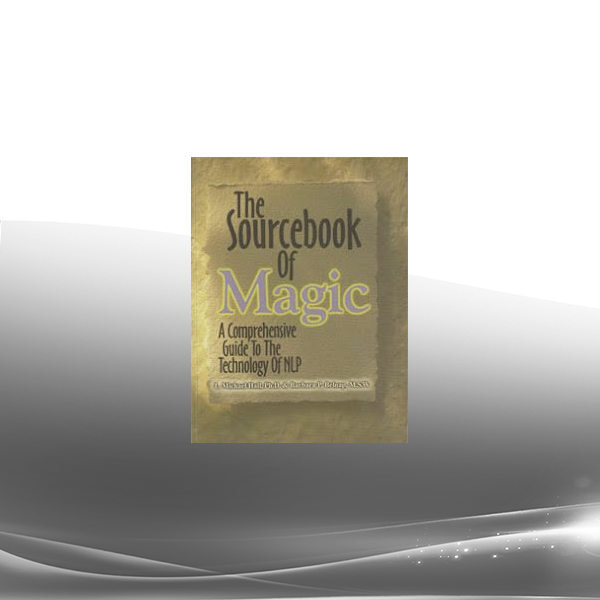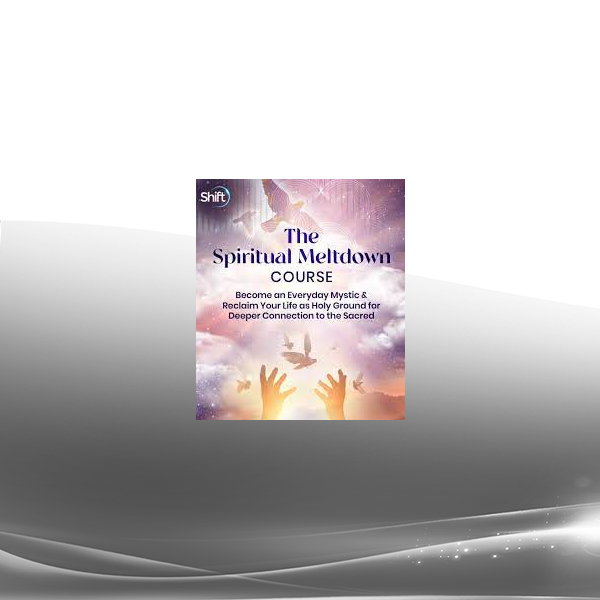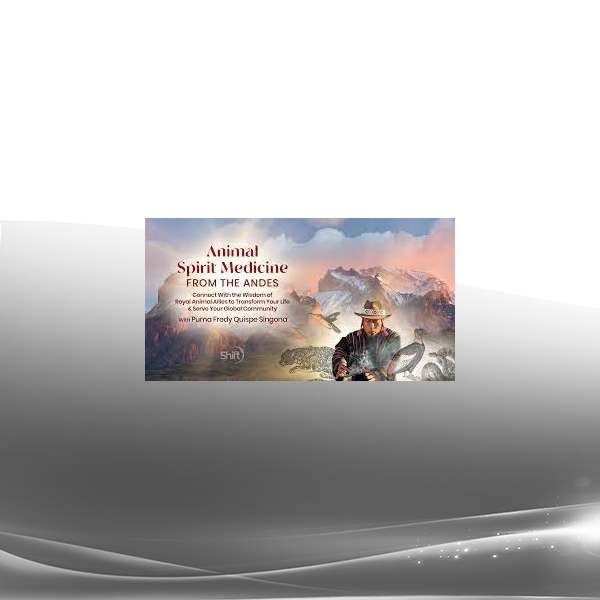
Michael Hall – The Sourcebook Of Magic
“Change History” by Michael Hall likely delves into the concept of personal transformation and the ways in which individuals can rewrite their personal narratives and redefine their identities. Here’s what participants might expect from such a program:
- Understanding Personal History: An exploration of the significance of personal history in shaping beliefs, behaviors, and outcomes in life.
- Reframing Past Experiences: Techniques for reframing past experiences in a way that empowers individuals and allows them to extract positive lessons and meanings from challenging situations.
- Identifying Limiting Beliefs: Strategies for identifying and overcoming limiting beliefs and self-imposed narratives that may be holding individuals back from reaching their full potential.
- Creating Empowering Narratives: Guidance on creating new, empowering narratives that align with individuals’ values, goals, and aspirations, allowing them to step into their full power and agency.
- Neuro-Linguistic Programming (NLP) Techniques: Utilization of NLP techniques for reprogramming the subconscious mind and transforming negative thought patterns into positive ones.
- Anchoring Positive States: Instruction on anchoring positive emotional states and resourceful mindsets to past memories, allowing individuals to access these states whenever needed.
- Visualizations and Mental Rehearsals: Incorporation of visualization exercises and mental rehearsals to help individuals imagine and embody their desired futures, making them more tangible and achievable.
- Integration and Implementation: Strategies for integrating these techniques into daily life and implementing them consistently to create lasting change and transformation.
- Ethical Considerations: Discussions on ethical considerations in personal transformation work, emphasizing integrity, responsibility, and respect for oneself and others.
- Community Support: Opportunities for participants to connect with like-minded individuals, share experiences, and receive support and encouragement on their journey of personal change.
Overall, “Change History” offers a comprehensive and practical approach to rewriting personal narratives, transforming limiting beliefs, and creating a more empowering and fulfilling life story.
Description:
This is not a book for beginners in NLP (Neuro-linguistic Programming) in spite of the two excellent introductory chapters. You need to have at least worked through “The User’s Manual for the Brain” or the NLP Practitioner’s Level to fully appreciate its value. 77 central NLP patterns have been collected here and grouped under different categories. Each pattern is prefaced with a clear and incisive explanation of the concept. Often you get illuminating gems. For example, a brief note on #38 The Submodality Overlapping Pattern, saying that “…The Judeo-Christian scriptures provide a great example of this.” helps one to perceive such NLP patterns in daily life, literature and movies. The patterns are not mere technqiues for change. They are part of the texture and colours of life. Mastering them enriches the art of living.
The book does give a fairly comprehensive and up-to-date coverage. 51 meta-programs (from Hall’s Figuring Out People) are summarised here. You also get a more developed understanding of the Meta-model presented with Hall’s mastery of linguistics (Cf. Hall’s The Secret of Magic). Chapter 12 on “Figuring Out What Magic To Do At What Times” is a key question that all NLP practitioners want to ask. Ch. 13 gives brief clues on using NLP in business, education, therapy, sports, health relationships, etc. What will fascinate people is to note that the whole book was written in E-Prime, i.e., without the verb “to be”! Read Appendix C: There “Is” No “Is”. Since NLP deals with mental “maps” rather than the “territory”, identity or reality, such language creates more options and possibilities. (However, for those interested in fundamental issues in epistemology, it might be worthwhile to explore Bernard Lonergan’s monumental “Insight” or Philip McShane’s “A History of Tongue”.) All NLP practitioners can benefit from such a handy and informative reference, at such a reasonable price.
This book is perfect for anyone that uses NLP or NS, does therapy or coaching/mentoring. As previously commented, you would understand it more if you have either read User’s Manual for the Brain (Bob G. Bodenhamer and L. Michael Hall) or attended an NLP course. There is so much more than you would expect, including information on Meta-Programs, just about every NLP pattern and then some. I use it as a reference and reminder for coaching. And then for self – who can’t read about being gloriously fallible or maybe go over the Forgiveness Pattern? On second thoughts, this book would also be useful in business – what a concept!







Reviews
There are no reviews yet.